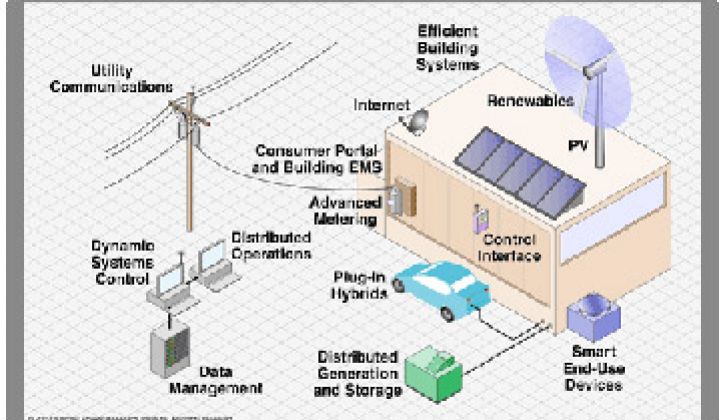You get what you pay for.
That’s the message in a report issued by the Electric Power Research Institute on the cost of modernizing the electrical grid in the U.S.
EPRI estimates that the implementation of a fully functional smart grid will cost $338 billion to $476 billion. Those investments, however, will result in benefits worth $1.3 trillion to $2 trillion. The study assumes steady investment from 2010 to 2030. (Download the 162-page report here.)
A modernized grid could also reduce emissions by 58 percent in 2030 compared to a 2005 baseline.
Other EPRI studies have further noted that power outages cost the U.S. $104 billion to $164 billion in terms of repairs, opportunity costs and other factors, and another $15 billion to $24 billion gets lost because of low power quality. Both of these factors could be greatly ameliorated by a better grid.
(Please insert obligatory reference to the interstate highway system here.)
The new study amplifies and updates a similar EPRI study conducted in 2004. Then, the organization concluded that modernizing the grid -- i.e., adding intelligent communications to the grid and inserting robotics and automation into field equipment so they can be controlled remotely -- would cost $165 billion.
The report estimates that $82 billion to $90 billion would need to be spent on transmission technologies (solid state transformers, security systems, software, etc.), while another $232 billion to $339 billion would go into distribution technologies like power storage.
“Over 90 percent of the minutes lost by consumers are attributable to consumer events,” the report states.
Another $24 billion to $46 billion would get spent at the consumer level on smart meters, home and building automation, smart EV chargers and other technologies.



